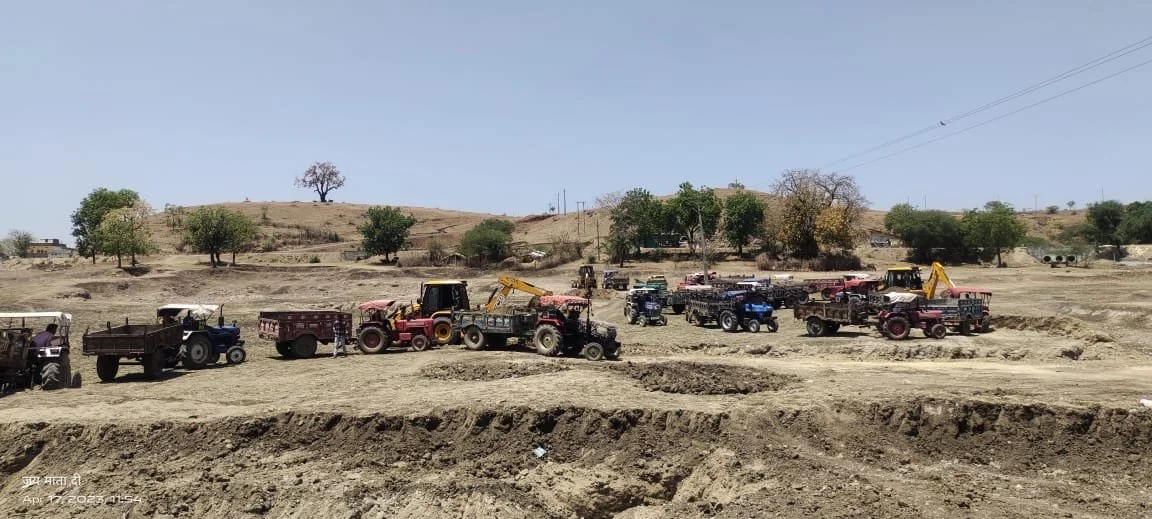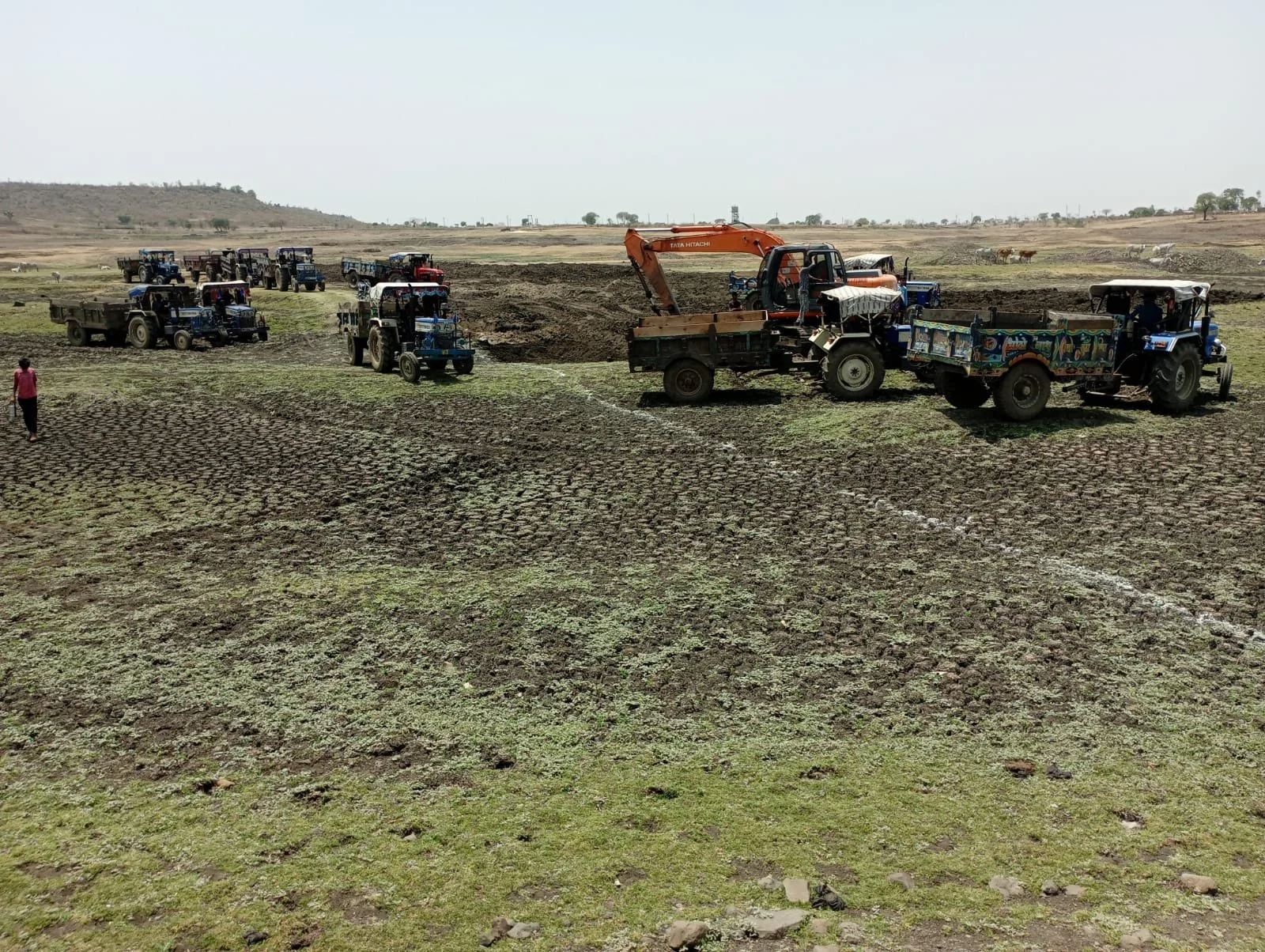When Ownership Becomes Transformation: Lessons From Rajgarh’s Waterbody Rejuvenation Journey
By Hiralchandra Maru
I’ve always believed that collaboration and commitment sit at the core of meaningful development work—but my recent visit to Rajgarh, Madhya Pradesh reaffirmed this in a way I hadn’t experienced before. Spending time on the ground and closely engaging with the District Administration offered me a powerful reminder: when local leadership is truly empowered, it can redefine what effective governance looks like.
Rajgarh is not an easy geography to work in. Its rocky terrain leaves little scope for groundwater recharge, making surface water the district’s only reliable lifeline. Beginning work in Rajgarh provided us an opportunity to pilot a unique model which has scaled across 7 states. While every other district had an NGO partner, in Rajgarh the district administration came forward to provide HR leadership at the level of the department and deep coordination with community level volunteers that we worked together to identify
They took full ownership of the project, mobilizing farmers, gram panchayats, and machines almost immediately. What I witnessed was nothing short of extraordinary:
Over 2,500 farmers transported nutrient-rich silt from rejuvenated waterbodies to nearly 4,000 acres of farmland.
Fields that had been barren for years began to turn green again.
In some pockets, farmers are now harvesting up to three crops a year.
Standing on those fields, I felt the full weight of what ownership can achieve.
A Governance Model Rooted in Systems Thinking
Rajgarh didn’t just meet expectations—it surpassed them.
The administration achieved 100% of its RWB project targets all by themselves, becoming the first among all pilot districts in NITI Aayog to do so. Rajgarh also became the only district recognised by NITI Aayog for the second consecutive year—a rare recognition that speaks to more than just outcomes.
Their success is anchored in strong processes, including:
Institutionalized monitoring systems that ensured transparency and accountability
A user-friendly, app-based platform that enabled real-time data entry
Effective use of existing departmental resources, especially the Regional Engineering Services (RES), instead of relying on external support
To me, this was systems thinking in its purest, most practical form.
Where Agencies Can Play a Catalytic Role
Rajgarh’s achievement also highlights an important truth: this model is scalable. And for it to take root across other districts, technical agencies can play a crucial catalytic role by:
Providing simple, accessible training materials on the RWB model and use of technology tools
Conducting hands-on training sessions to build on-ground capacity and data confidence
Offering ongoing handholding—whether through field visits, virtual consultations, or embedded tools like WhatsApp chatbots
With consistent support, district administrations anywhere can convert ownership into sustained, long-term impact.
What Rajgarh Taught Me
For me, Rajgarh’s story is not just about project success—it’s about a mindset.
When government systems lead with conviction, and when that conviction is strengthened by timely technical support, even the most challenging conditions can be transformed into opportunities for innovation and resilience.
Walking away from Rajgarh, I felt deeply optimistic. The district showed what can happen when leadership, intention, and systems thinking come together. And I believe this model holds immense promise for many more regions across the country.



